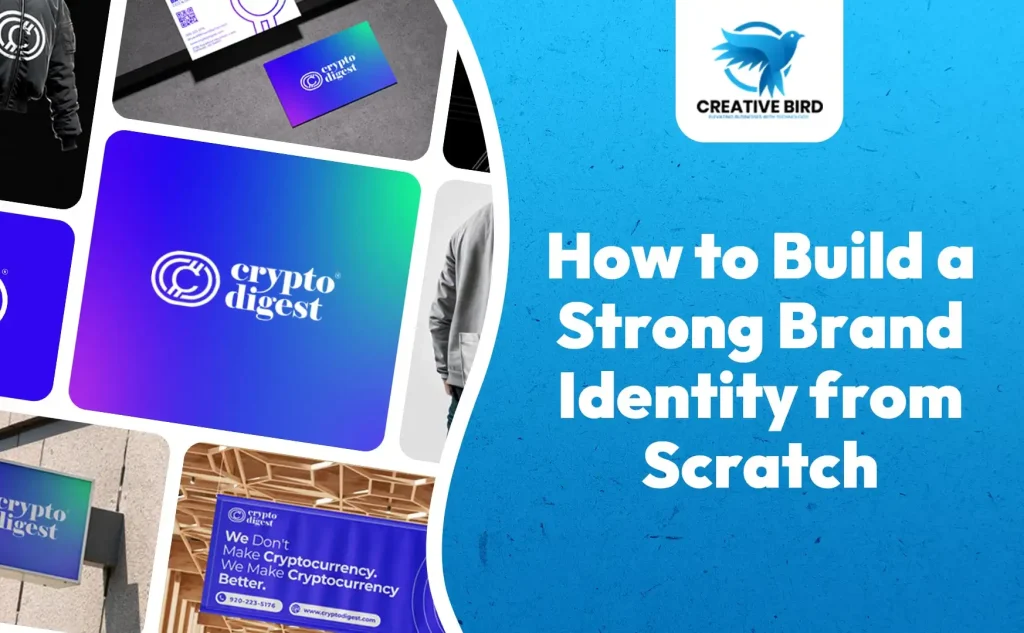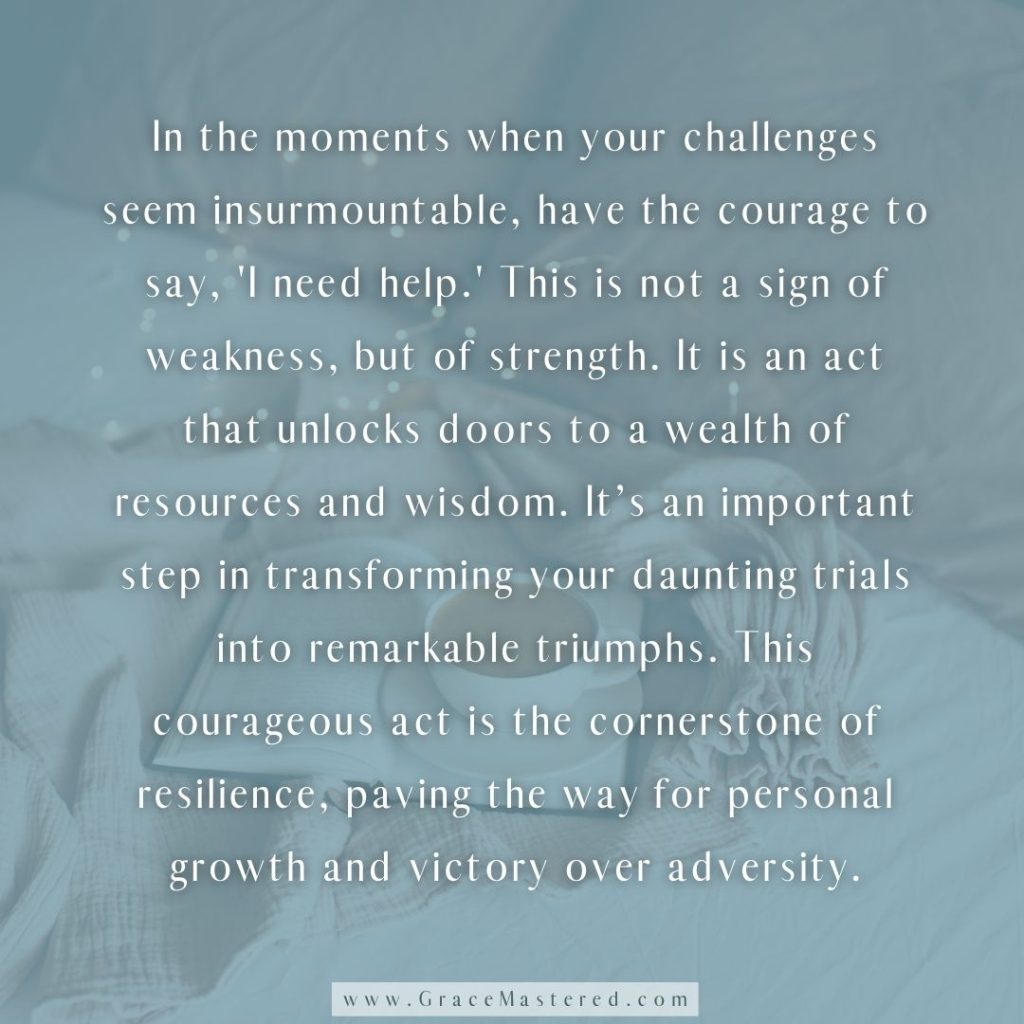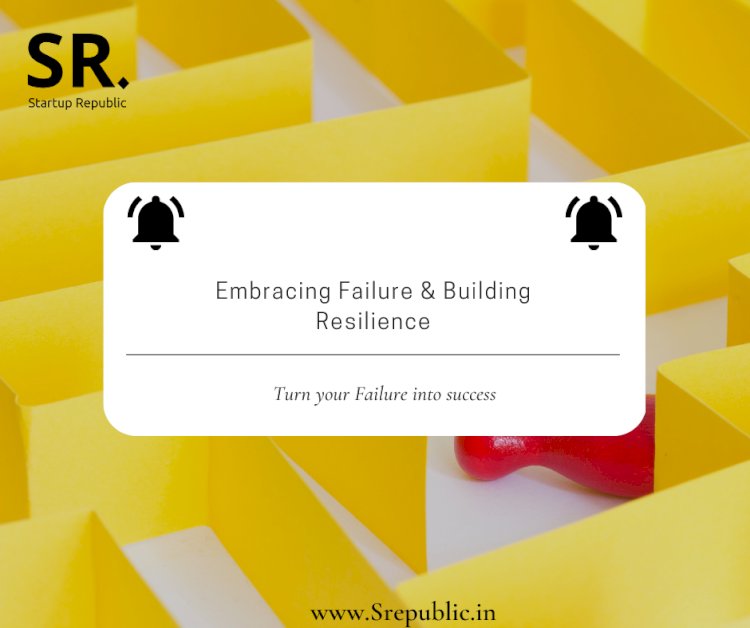
Building a Powerful Brand Identity from Scratch: A Beginner’s Guide to Standing Out
In today’s crowded marketplace, simply having a great product or service isn’t enough. To truly succeed, your business needs a soul, a personality, and a clear message that resonates with your audience. This, my friend, is where brand identity comes in.
Think of it like this: If your business were a person, its brand identity would be its unique personality, its voice, its appearance, and how it makes others feel. It’s what makes you instantly recognizable, memorable, and ultimately, chosen over your competitors.
Building a strong brand identity from scratch might seem daunting, but it’s an incredibly rewarding journey that lays the foundation for all your future success. This comprehensive guide will break down the process into easy-to-understand steps, perfect for beginners looking to make a lasting impression.
What Exactly is Brand Identity?
Before we dive into the "how," let’s clarify the "what." Brand identity is the collection of all the elements that a company creates to portray the right image to its consumer. It’s not just a logo or a catchy slogan; it’s the entire sensory experience your customer has with your brand.
Key components of brand identity include:
- Visual Elements: Logo, colors, typography, imagery, packaging, website design.
- Verbal Elements: Brand name, tagline, voice, tone, messaging, story.
- Experiential Elements: Customer service, product quality, user experience.
In essence, it’s everything you do and say that shapes how people perceive your brand.
Why a Strong Brand Identity is Non-Negotiable
You might be thinking, "Do I really need all this if I’m just starting out?" The answer is a resounding YES! A well-defined brand identity is crucial for several reasons:
- Builds Trust and Credibility: A professional and consistent brand identity signals reliability and trustworthiness to your audience.
- Facilitates Recognition: A unique logo, color scheme, or brand voice makes your business instantly recognizable, helping you stand out.
- Fosters Customer Loyalty: When customers connect with your brand’s values and personality, they’re more likely to become loyal advocates.
- Differentiates You from Competitors: In a sea of similar offerings, your brand identity is what makes you unique and memorable.
- Commands Higher Value: Strong brands are often perceived as higher quality and can justify premium pricing.
- Guides Your Marketing Efforts: A clear brand identity provides a roadmap for all your marketing and communication strategies, ensuring consistency.
The Foundation: Defining Your Brand’s Core (The "Why" and "Who")
Before you design a logo or write a tagline, you need to dig deep and understand the soul of your business. This is the most critical step in building a strong brand identity from scratch.
1. Discover Your Brand’s Purpose, Vision, and Values
This is your brand’s North Star. It defines why you exist beyond just making money.
- Purpose/Mission: What problem do you solve? What positive impact do you want to make in the world? (e.g., "To empower small businesses with accessible marketing tools.")
- Vision: Where do you see your brand in the future? What is the ultimate goal you’re striving for? (e.g., "To be the leading platform for small business growth worldwide.")
- Values: What principles guide your decisions and actions? What do you stand for? (e.g., innovation, transparency, customer-centricity, sustainability).
Actionable Tip: Gather your team (if you have one) or sit down by yourself and brainstorm answers to these questions. Be honest and authentic.
2. Identify Your Target Audience
You can’t appeal to everyone, and trying to will only dilute your message. Knowing exactly who you’re trying to reach is paramount.
- Demographics: Age, gender, income, location, education, occupation.
- Psychographics: Interests, hobbies, values, beliefs, lifestyle, personality traits.
- Needs & Pain Points: What problems do they face that your product/service can solve?
- Behaviors: Where do they spend their time online? What social media platforms do they use? How do they make purchasing decisions?
Actionable Tip: Create "customer personas" – fictional representations of your ideal customers. Give them names, backstories, and even photos. This makes them feel real and helps you tailor your brand message.
3. Uncover Your Unique Selling Proposition (USP)
Why should someone choose you over your competitors? Your USP is what makes you different and better.
- What makes your product/service unique? Is it a specific feature, a different approach, superior quality, or unparalleled customer service?
- What problem do you solve better than anyone else?
- What is your competitive advantage?
Actionable Tip: Analyze your competitors. What are they doing well? Where are their weaknesses? How can you fill those gaps or offer something truly distinct?
4. Define Your Brand Personality and Voice
If your brand walked into a room, how would it behave? What would it sound like?
- Personality: Use adjectives to describe your brand. Is it playful, serious, adventurous, sophisticated, rebellious, friendly, expert, innovative?
- Voice: How does your brand communicate? Is it formal, informal, witty, empathetic, direct, educational?
- Tone: How does your voice adapt to different situations? (e.g., your voice might be witty, but your tone when handling a customer complaint would be empathetic and serious).
Actionable Tip: Think of a few brands you admire. How would you describe their personality and voice? How can you develop one that reflects your values and appeals to your target audience?
Bringing Your Brand to Life: The Visual & Verbal Elements
Once you have your core foundation, it’s time to translate those insights into tangible elements that your audience can see, hear, and feel.
5. Craft Your Brand Name and Tagline
These are often the first introduction to your brand.
- Brand Name:
- Memorable and easy to pronounce.
- Relevant to your business or evoke your brand personality.
- Unique and available (check domain names, social media handles, and trademarks).
- Timeless, not trendy.
- Tagline:
- A short, catchy phrase that summarizes what you do or what you stand for.
- Communicates your USP or mission.
- (e.g., Nike: "Just Do It." L’Oréal: "Because You’re Worth It.")
Actionable Tip: Brainstorm a large list of names and taglines. Say them out loud. Get feedback from others.
6. Develop Your Visual Identity
This is where your brand really starts to take shape visually.
- Logo Design:
- The cornerstone of your visual identity.
- Should be simple, memorable, versatile (works in different sizes/formats), and timeless.
- Reflect your brand personality and industry.
- Consider working with a professional designer, even on a budget (platforms like Fiverr or Upwork can be a starting point).
- Color Palette:
- Colors evoke emotions and convey meaning (e.g., blue for trust, red for passion, green for nature).
- Choose 1-3 primary colors and a few accent colors that align with your brand personality and resonate with your target audience.
- Typography (Fonts):
- The fonts you choose communicate a lot. (e.g., elegant serifs for sophistication, clean sans-serifs for modernity, playful scripts for creativity).
- Select 1-2 primary fonts for headings and body text that are legible and reflect your brand.
- Imagery & Photography Style:
- Decide on the style of photos, illustrations, or graphics you’ll use.
- Are they bright and airy, dark and moody, realistic, abstract, diverse, aspirational?
- Consistency in imagery helps reinforce your brand.
Actionable Tip: Create a mood board (digital or physical) with images, colors, and fonts that inspire you and align with your brand’s defined personality.
7. Create Your Brand Messaging & Story
This is how you communicate your brand’s essence through words.
- Brand Story: Develop a compelling narrative about your brand’s origins, challenges, and aspirations. People connect with stories, not just products.
- Key Messages: What are the 3-5 core messages you want your audience to consistently remember about your brand?
- Content Pillars: What topics will you regularly create content about that align with your brand’s purpose and target audience’s interests?
- Tone of Voice Guidelines: How will your brand speak across all channels (website, social media, emails, customer service)?
Actionable Tip: Write down your brand story. Practice telling it in different lengths. Draft a few key messages and see how they sound.
8. Document Your Brand Guidelines
Once you’ve defined all these elements, put them into a brand guideline document. This is your brand’s rulebook.
It should include:
- Brand mission, vision, values
- Target audience description
- Logo usage (clear space, minimum size, approved variations)
- Color codes (HEX, RGB, CMYK)
- Typography (font names, sizes, usage)
- Imagery style examples
- Voice and tone guidelines
- Approved messaging and taglines
Actionable Tip: Even a simple PDF document or a shared online folder can serve as your initial brand guidelines. This is crucial for maintaining consistency as your brand grows or if you hire others.
Maintaining & Evolving Your Brand Identity
Building a brand identity isn’t a one-and-done task. It’s an ongoing commitment.
9. Be Consistent, Everywhere
This is perhaps the most important rule of branding. Once you’ve defined your identity, apply it consistently across all touchpoints:
- Website & Blog: Ensure your visuals and messaging are cohesive.
- Social Media: Use consistent profile pictures, cover photos, and post according to your brand voice.
- Marketing Materials: Brochures, flyers, ads, business cards.
- Email Communication: Signatures, templates, and tone.
- Product Packaging: If applicable.
- Customer Service: The way you interact with customers should reflect your brand personality.
Actionable Tip: Regularly audit your online and offline presence to ensure everything aligns with your brand guidelines.
10. Adapt and Evolve (But Thoughtfully)
While consistency is key, your brand identity isn’t set in stone forever. As your business grows, your audience changes, or market trends shift, you might need to make adjustments.
- Listen to Feedback: Pay attention to how customers perceive your brand.
- Monitor Trends: Stay aware of industry shifts and design trends, but don’t blindly follow them.
- Revisit Annually: Schedule a yearly review of your brand identity to ensure it’s still relevant and effective.
Actionable Tip: If you decide to evolve your brand, do it strategically and communicate the changes clearly to your audience. Avoid frequent, drastic shifts that can confuse customers.
Conclusion: Your Brand, Your Legacy
Building a strong brand identity from scratch is an investment – an investment in your business’s future, its reputation, and its ability to connect with the right people. It’s not just about looking good; it’s about being authentic, memorable, and creating a genuine relationship with your audience.
By following these steps, you’ll not only create a powerful and unique identity for your business but also lay the groundwork for sustainable growth and a lasting legacy. So, roll up your sleeves, embrace the process, and start building the brand of your dreams today!



Post Comment